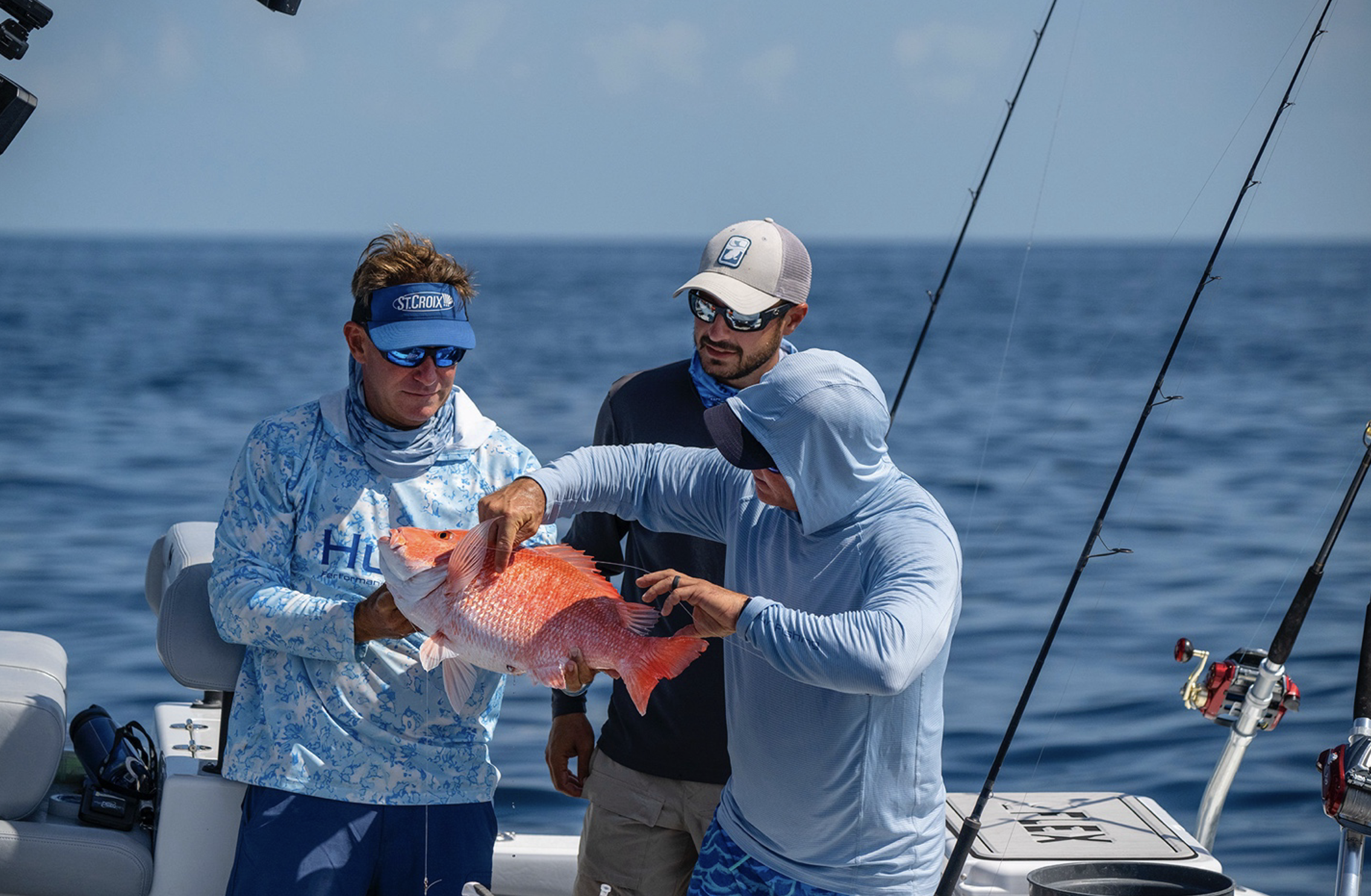Small gear adjustments can make a big impact.
Research Need
Wire “pots” used for catching blue crabs can also unintentionally trap diamondback terrapins — a protected species. Terrapins are small, estuarine turtles that serve an important role in saltmarsh ecosystems. When caught in a crab pot, these turtles cannot surface for air and often drown.
Data show that terrapin mortality in crab pots is widespread and chronic. In many places — including now in some regions of North Carolina — regulations require people fishing with crab traps to install devices that block the turtle’s entry.
But just how effective are the different types of conservation gear? And, do they also block the blue crabs?
What did they study?
Researchers in Virginia compared catch rates of blue crabs and terrapins in crab pots, each with one of four different types of terrapin excluder devices, to a standard trap without an excluder.
The research team conducted their study at two tidal creeks in southeastern Virginia with known populations of blue crabs and terrapins. For eight weeks, the team set traps on Monday and re-baited and checked the traps daily from Tuesday through Friday, counting and measuring the blue crabs and terrapins in the traps and then releasing them.
What did they find?
The scientists determined that all four terrapin excluder device styles were effective at keeping out terrapins while maintaining crab-catch rates. Pots with no excluder devices caught 154 of the 215 total terrapins in the study.
The team trapped 1173 total crabs (498 of the legal size to harvest) with no difference in capture rates, regardless of use or type of excluder device.
Moreover, the sizes of crabs in all pots were not statistically different. In fact, the five largest crabs in the study were in traps with a terrapin excluder, further illustrating that these conservation devices do not minimize a fisher’s opportunity to catch economically valuable crabs.
What else did they find?
Oval excluders are simpler to install than rectangular excluders because the oval shape mimics the funnel opening of a crab pot. The researchers found that oval excluders may be slightly more effective than rectangular devices at excluding terrapins, too, although this difference was not significant. Because of their effectiveness and simplicity, oval-shaped terrapin excluders may provide an alternative to the industry standard rectangular device.
So what?
Both oval and rectangular-shaped excluder devices are effective at reducing terrapin catch without significantly reducing blue crab catch. The team suggests that reducing terrapin mortality through the use of excluder devices makes them worthwhile. They recommend that Virginia adopt a terrapin excluder requirement for all recreational traps to align with neighboring states and enhance conservation efforts.
Further research is needed to evaluate the feasibility of requiring excluder devices for commercial crabbing. While commercial traps in open water generally pose less risk, lost traps can still threaten terrapins in shallow-water habitats, highlighting the need for ongoing investigation and use of mitigation strategies.
Reading
Reinsel, Madeline B., Gibson, Michael A., Klesch, Natalie M., and Chambers, Randolph M. 2023. Bycatch reduction devices exclude diamondback terrapins and maintain blue crab catch in two Virginia tidal creeks. Marine and Coastal Fisheries 15(5). https://doi.org/10.1002/mcf2.10263
This study was funded in part by the PADI Foundation and by William & Mary student research grants.
BY MADELINE PAYNE.
Lead photo by Tonya Lane Rucker/CC-BY-2.0.
The text from Hook, Line & Science is available to reprint and republish at no cost, but only in its entirety and with this attribution: Hook, Line & Science, courtesy of Scott Baker and Sara Mirabilio, North Carolina Sea Grant.

- Categories:



